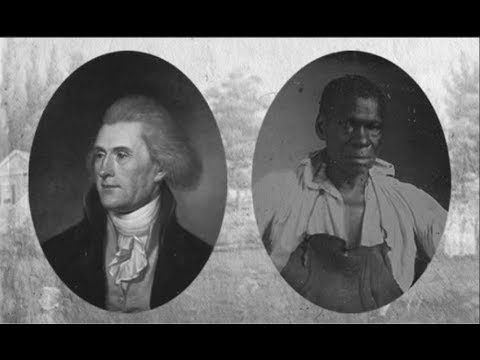Slavery is an integral part of human history, and one of the most heinous practices ever witnessed. It casts a long and dark shadow over the United States, particularly in the South, where it thrived for several centuries. While it is crucial to acknowledge the painful reality of slavery, it is equally important to delve into the deeper nuances and complexities of its practice.
In examining the Southern Negro experience, we encounter a unique narrative that showcases both the resilience and struggle of enslaved individuals within this region. To understand this history thoroughly, we must explore various aspects such as origins, daily life under slavery, resistance efforts, and how their stories shaped America’s black identity.
Southern Negro slavery finds its origins in the 17th century when European settlers began importing African slaves to work on plantations across North America. At first, these Africans were treated as indentured servants with hopes for eventual freedom after serving their time. However, as chattel slavery became more established in other colonies like Virginia and Maryland, these ideas changed rapidly.
The plantation system became the backbone of Southern agriculture, focusing primarily on cash crops like tobacco, rice, and later cotton. Slavery played an indispensable role in maintaining this system’s economic viability as enslaved individuals worked tirelessly under grueling conditions for long hours without pay or rights.
The daily life of a Southern Negro slave was marked by hardship and suffering. Virtually no aspect of their existence escaped control by their owners – from forced labor to constant surveillance and even intrusion into personal relationships. Countless testimonies reveal stories of families torn apart through sales or forceful separations. Despite enduring unimaginable cruelty and exploitation, enslaved people displayed unwavering perseverance throughout this period.
One cannot truly comprehend Southern Negro experiences without acknowledging their courageous acts of resistance against oppression. Those locked in bondage devised various ways to exert autonomy within a system designed to deny them personhood. Slave revolts, acts of sabotage, running away to join maroon communities, or preserving cultural practices in secret were just some of the strategies employed by enslaved individuals fighting for their dignity.
Prominent figures such as Harriet Tubman, Frederick Douglass, and Nat Turner emerged from this history of resistance. Their stories highlight the indomitable spirit that rejected subjugation and ultimately paved the way for freedom and equality for future generations.
It is essential to recognize that the Southern Negro slave experience has significantly influenced black American culture and identity. Elements such as language, music (including genres like blues and jazz), food, religion, and artistic traditions have all been shaped by the strength and endurance displayed during this dark period in history.
The Civil War eventually brought about the end of slavery in America. Still, its repercussions lingered long after abolition. Systemic racism entrenched itself within society, leading to a long battle for civil rights that continues today.
Understanding the real history of slavery – particularly within the context of Southern Negro experiences – allows us not only to comprehend the immense suffering endured during this era but also appreciate the resilience shown by African Americans who refused to be broken. By confronting our past directly and acknowledging its profound impact on modern society, we can continue striving towards a more inclusive future where justice prevails for all.





